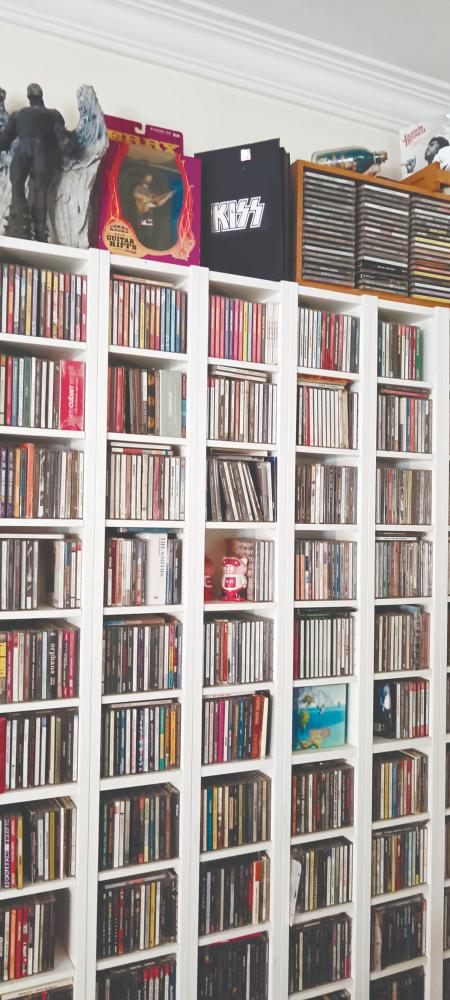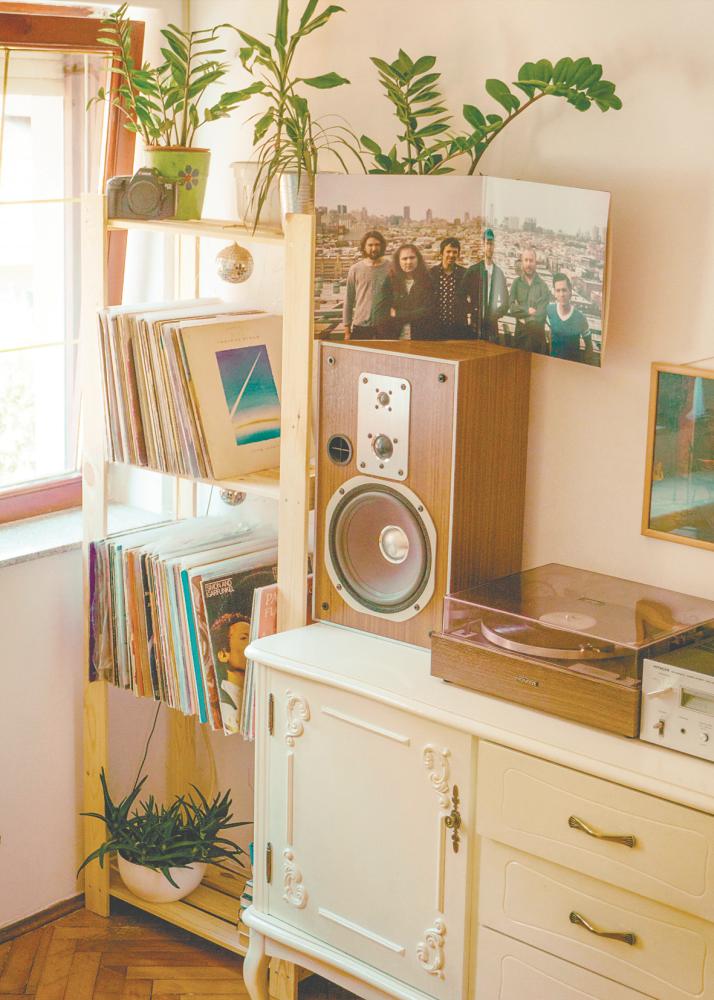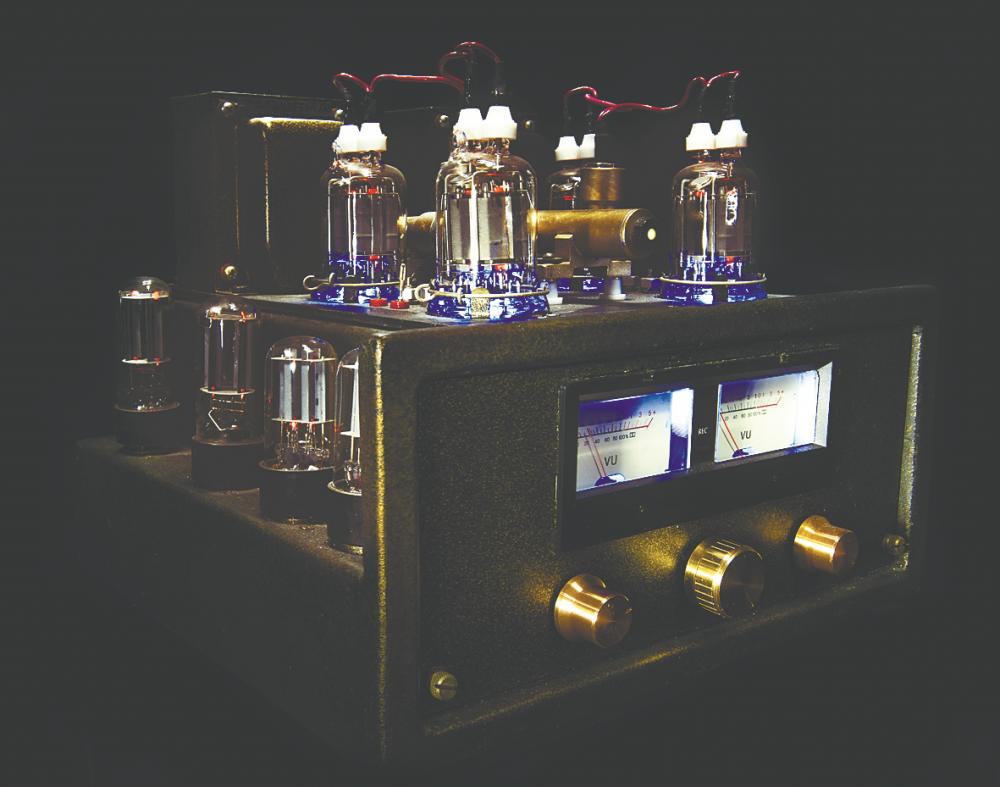WHEN building a hi-fi system for the home, a pertinent question is whether to have it as a physical format-based set up or go in the opposite direction with digital files alongside streaming. Much will depend on the personal preferences of listeners and whether having a collection of tangible formats such as compact discs (CD) and vinyl records are part of the equation. Here are some of points to consider.
Space considerations
If there is limited space for an audio room, streaming devices offer the best solution as it negates the need to store tangible formats. As a general rule of thumb, modern digital-based systems tend to require less components. For instance, many new amplifiers feature built-in digital-to-analogue converters as well as relevant programmes to accommodate streaming platforms. Hence, such an amp will only need to be paired with a set of speakers and it is good to go. Such a set-up will obviously save on space.
However clever use of space even in small studios suites can be made to accommodate a multi-deck system that plays physical software. There are several reasons to go with this option. Many audio systems are built like art installations and can enhance any living space. For instance, having a Michelle turntable sitting atop some glowing tube amplifiers are as effective a showcase piece as any portrait painting or premium furniture.
It all depends on how the person wants the room to look and feel. But most importantly, how the set-up will sound to the listener’s ears.
Convenience vs showcase collection
For some music fans, the primary focus is to just consume and enjoy the tunes with minimal fuss. Streaming platforms have made this the most accessible and convenient method of listening to music, with millions of titles available at a click of an app. It is relatively inexpensive and saves the hassle of storage. This is a major boon for those with limited space.
Hence active speakers with Bluetooth connectivity is one way to go. Small book shelf options can fit into tiny nooks and corners, with the mobile phone providing the tunes. This set-up is space saving and convenient.
However, those who take great pride in their music collections, viewing them as reflections of their personalities, will usually want to have them on display. It would make sense then for the system to have the requisite decks, whether CD, tape or turntable. These will in turn feed into amplifiers, integrated, pre/power or monoblocs, which then send the signal into speakers via thick anaconda-like cables.
A set-up for tangible media will almost inevitably involve more components but the rewards are there to be had. Collecting and enjoying music on physical formats is not just limited to the way they sound but also the playback experience. From taking in the album artwork to holding the sleeves, it is allows for listeners to make deeper connections with the music, invoking the sense of sight and touch to further embellish the aural sensation. It definitely makes for a more immersive experience.

Bandwidth capabilities
For streaming to sound superb, listeners will need pretty hefty bandwidth to allow for the proper enjoyment of uncompressed digital audio. There is also the question of getting a high-end streamer. While physical media tend to cost more, there is much to be said about the quality of playback, even on less expensive gear. CD quality sound is full 44.1kHz uncompressed digital hi-res audio. Given that the price of CDs, especially pre-loved titles, are very decent at the moment, finding the space for a CD rack or three to house a collection may be worthwhile.
Some may not want their enjoyment of music to be at the mercy of the internet signal.
Warm fuzzy vibes
One reason why once obsolete formats such as vinyl records and cassette tapes have made a roaring comeback is the supposed magic of analogue playback, which many audiophiles claim to be “warmer” and having greater emotional depth. These analogue purists also claim that digital playback is too sterile and much is lost in the way the music is compressed.
Science may indicate otherwise as the measurable data indicate the sound quality of these streaming platforms to be of high quality. But ask any vinyl enthusiast and they will swear that there is a discernible difference. These same category of music fans will also claim that the tape “hiss” is preferable to the audio silence found on streaming signals. But this can be overcome by adding a quality digital-to-analogue converter to the chain to “soften” the sound of digital playback. Adding components with old school valve technology can also have a similar impact on the sound of streaming playback.

Home layout
Of course, central to this conundrum is the importance the home owner places on music. Is it a vital part of the person’s personality? Is music is viewed as food for the soul? In that sense, a music room is as important as the kitchen. Or is it just an afterthought, in which the music system is there to just provide background sound? If the music room is central to the home design, then a system that favours physical formats is recommended for audio quality and the chance to show off one’s collection. A streamer can still be part of the equation but will probably play second fiddle to the CD player and turntable. The best solution is to audition tangible media playback equipment against a streaming system, using the same tunes and preferably same accompanying gear such as speakers within the same budget. Listen with open ears and get what suits the budget and space.
Remember, whichever option is preferred, a carefully curated hi-fi system can enhance any living space, turning a home into a music-filled sanctuary.










